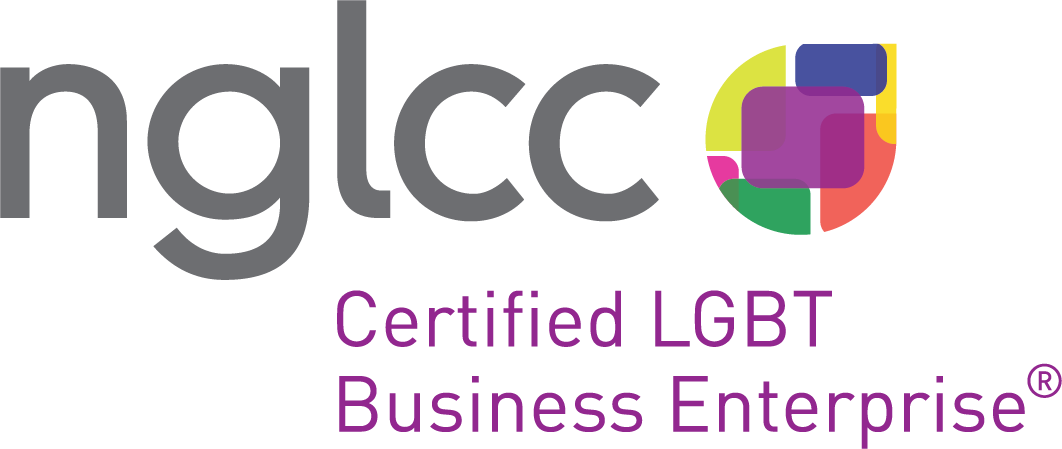January 30, 2014 – It was great to be in the audience to hear two-time World Champion and NFL Hall-of-Famer, Nick Buoniconti, give an inspired keynote address during Thursday night’s BioNJ Annual Dinner Meeting. He received a standing ovation from the crowd of nearly 700 after talking about everything from locker room pranks involving an alligator in the shower, to the devastating neck dislocation that his son, Marc, sustained while playing for The Citadel in 1985. That injury left Marc paralyzed and changed the course of their lives.
Nick has dedicated much of his post-football life to advocating for patients with spinal cord injuries. He founded The Miami Project to Cure Paralysis and serves as its national spokesman.
He ended his address by saying that he’d give back all his accolades, and trade all his accomplishments, for a hug from his son.
We’re privileged to work with a good number of clients in biotechnology, life sciences, pharma, medical device and healthcare. We often help them translate scientific information about their innovations and technologies into stories that resonate with a more business-centric audience; communicate their services and best healthcare practices to patients and their families; or, bring details about new technologies or medical approaches to physicians. It’s very inspiring work.
It was a pleasure to serve as Design Sponsor for the BioNJ Annual Dinner, to provide design services for the event communications and program, and to have one of our principals, Deanne Napurano, serve on the BioNJ Annual Dinner Meeting Committee.
© Stone’s Throw, Inc. All rights reserved.



